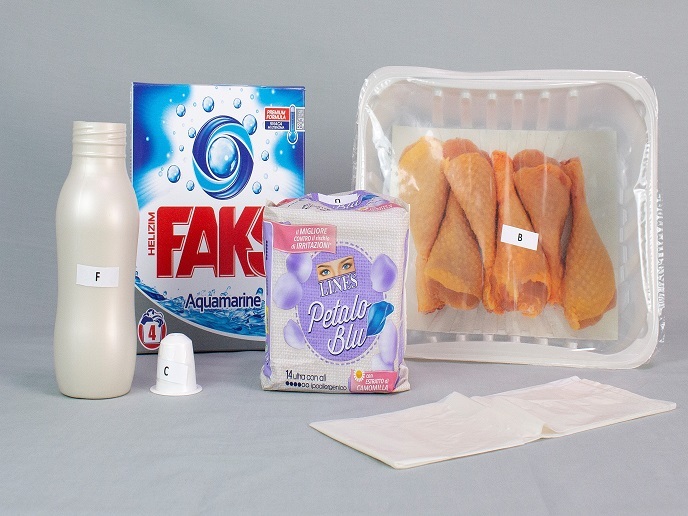Closing the loop protects the environment and enhances sustainability
Global plastics production has increased tremendously over the last 50 years. By 2050, it could account for 20 % of global oil consumption. Increasing production and use, particularly of single-use plastics, has led to increasing plastic waste generation, the majority of which is still incinerated or discarded. In Europe, packaging applications represented 39.9 % of the total plastics demand and the largest application field for the plastics industry in 2018. The EU-funded CIRC-PACK project will help us make ends meet, literally, with numerous innovations to support a circular cradle-to-cradle economy within the plastic packaging value chain. Success was guaranteed with a consortium of partners from every stage of the value chain.
From nature to nature
Rigid plastics like those used in plastic bottles generally consist of a single material. This facilitates recycling tremendously. Multilayer plastic films, a non-recyclable combination of plastic materials or multi-material products such as plastic-coated cardboard are a different story. These are usually incinerated or landfilled, a roadblock to achieving a circular plastics economy. Thanks to CIRC-PACK, this is all changing for the better. CIRC-PACK project coordinator and Technology Project Manager Aitana Sáez de Guinoa Vilaplana of CIRCE explains: “We developed breakthrough biodegradable plastics using alternative bio-based raw materials and eco-friendly packaging designs adapted to these plastics to improve collection and recycling. The materials and designs were supported by our new technologies and methods to increase recyclability and enable a robust after-use plastic economy.”
Circling the wagons, protecting our environment
CIRC-PACK’s biodegradable and compostable biomaterials were demonstrated in plastic bags, flexible packaging for hygiene products, coffee capsules, shampoo bottles, and food trays and films. A life-cycle assessment demonstrated that the new biopolymers reduced the fossil resource scarcity indicator by about 20 %, water consumption 6-40 % and global warming potential 14-50 % when used in the targeted applications. Applying ecodesign principles to multilayer films for sealing food trays spurred design of a bio-based and compostable mono-material plastic layer as an attractive alternative to current non-recyclable multilayer films. A multi-material box for powdered detergent replaces conventional polyester film lamination with a biopolymer dispersion coating that keeps the cardboard recycling process flowing without hindrance. The innovative materials and packaging were complemented with new methods and technologies to increase recyclability and enable a robust after-use plastic economy. Sáez de Guinoa expands: “In the automotive sector, closed-loop recycling and reuse of scrap to produce new car components reduced the use of virgin polypropylene by about 20 %.” Diaper recycling yielded plastic for tertiary packaging and cellulose for the biopolymer sector. Real-time monitoring during extrusion of the recycled materials enabled adaptation of operating parameters to optimise final properties, overcoming many challenges related to the heterogeneity of post-consumer plastic waste. A ‘circular packaging ecodesign tool’ has been launched to help packaging manufacturers and designers improve the circularity and recyclability of packaging. Sáez de Guinoa summarises: “The brand owners can use the innovations to provide more sustainable products to their consumers. The recycling systems benefit from the elimination of ‘problematic’ formats like multilayers and multi-materials. Finally, the environment benefits from the lower impact of all solutions developed in CIRC-PACK.” A circle is indeed a simple and beautiful thing.
Keywords
CIRC-PACK, plastics, packaging, recycling, biopolymer, biodegradable, compostable, ecodesign, circular plastics economy, polypropylene



